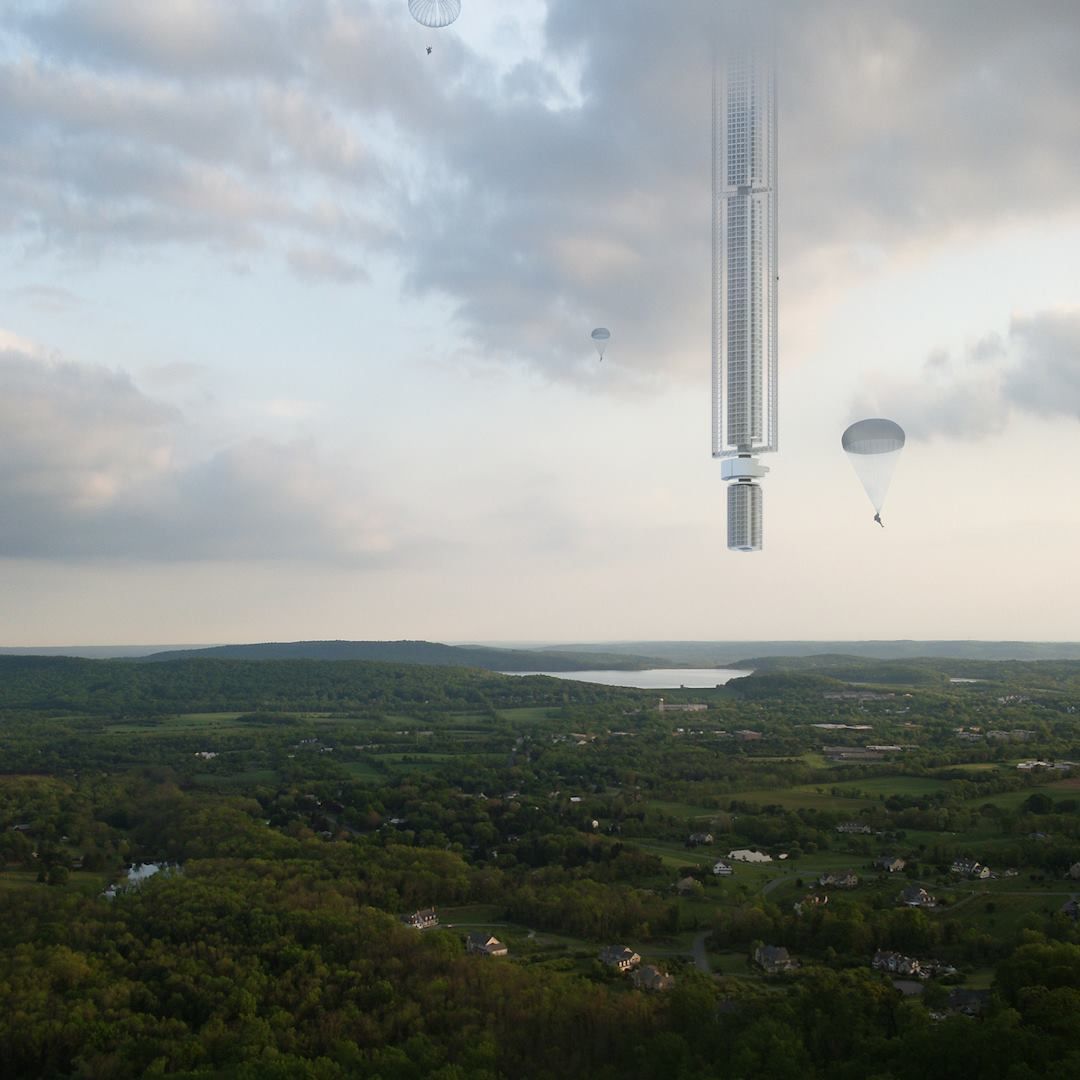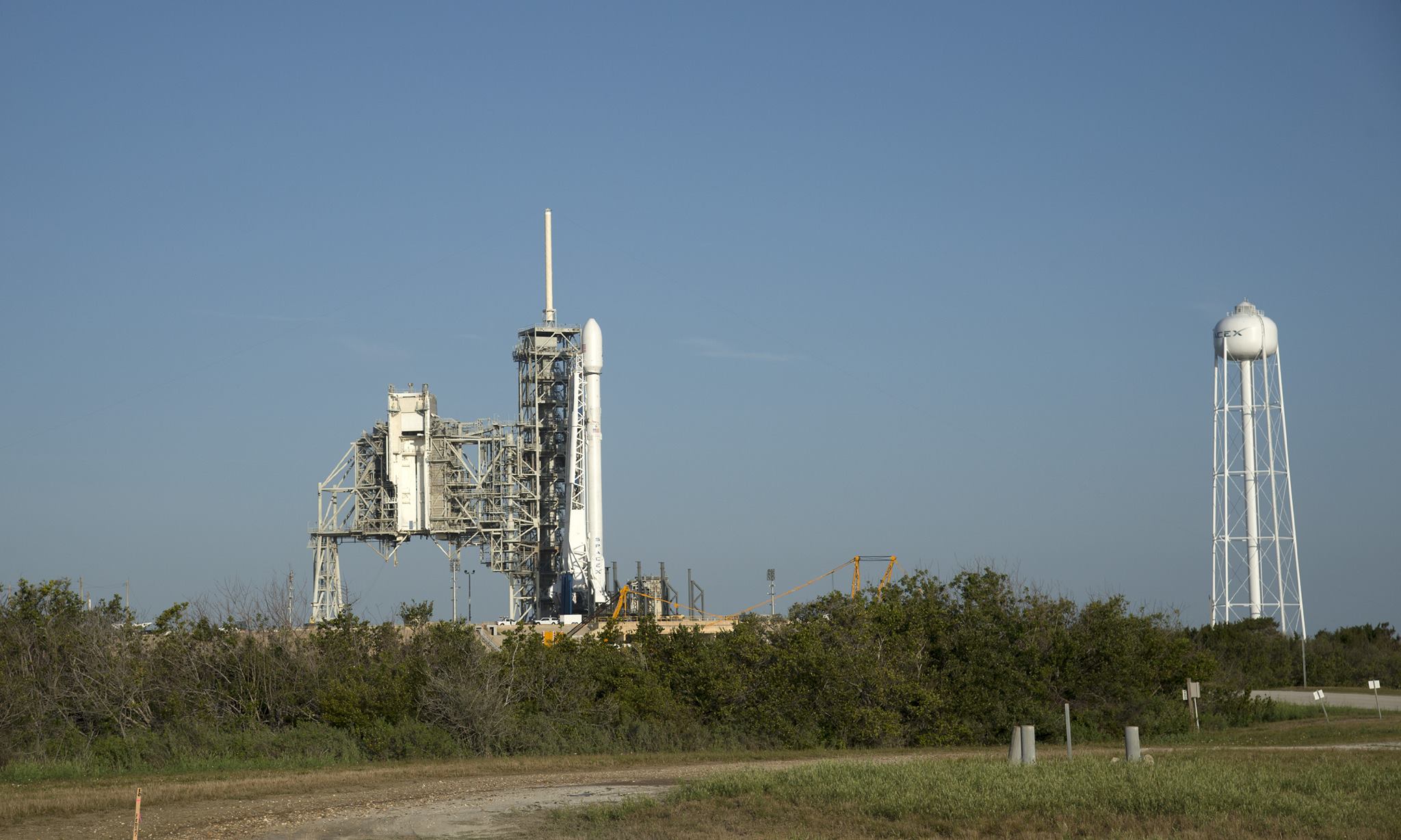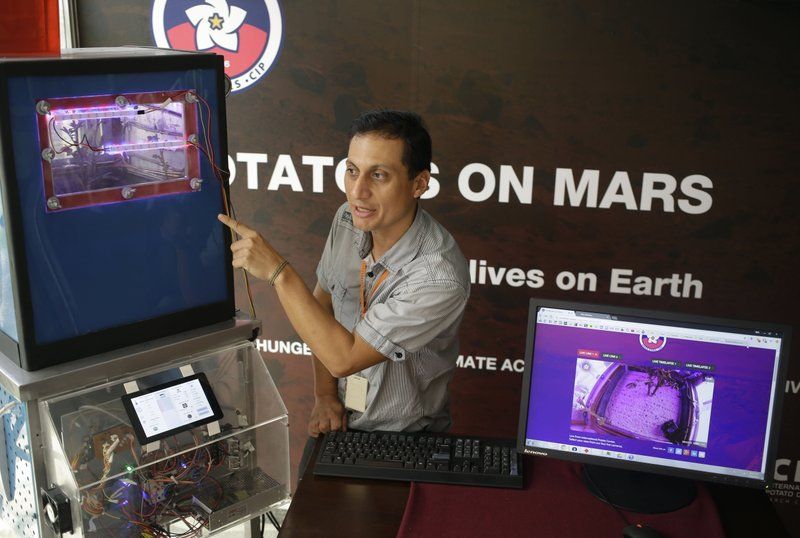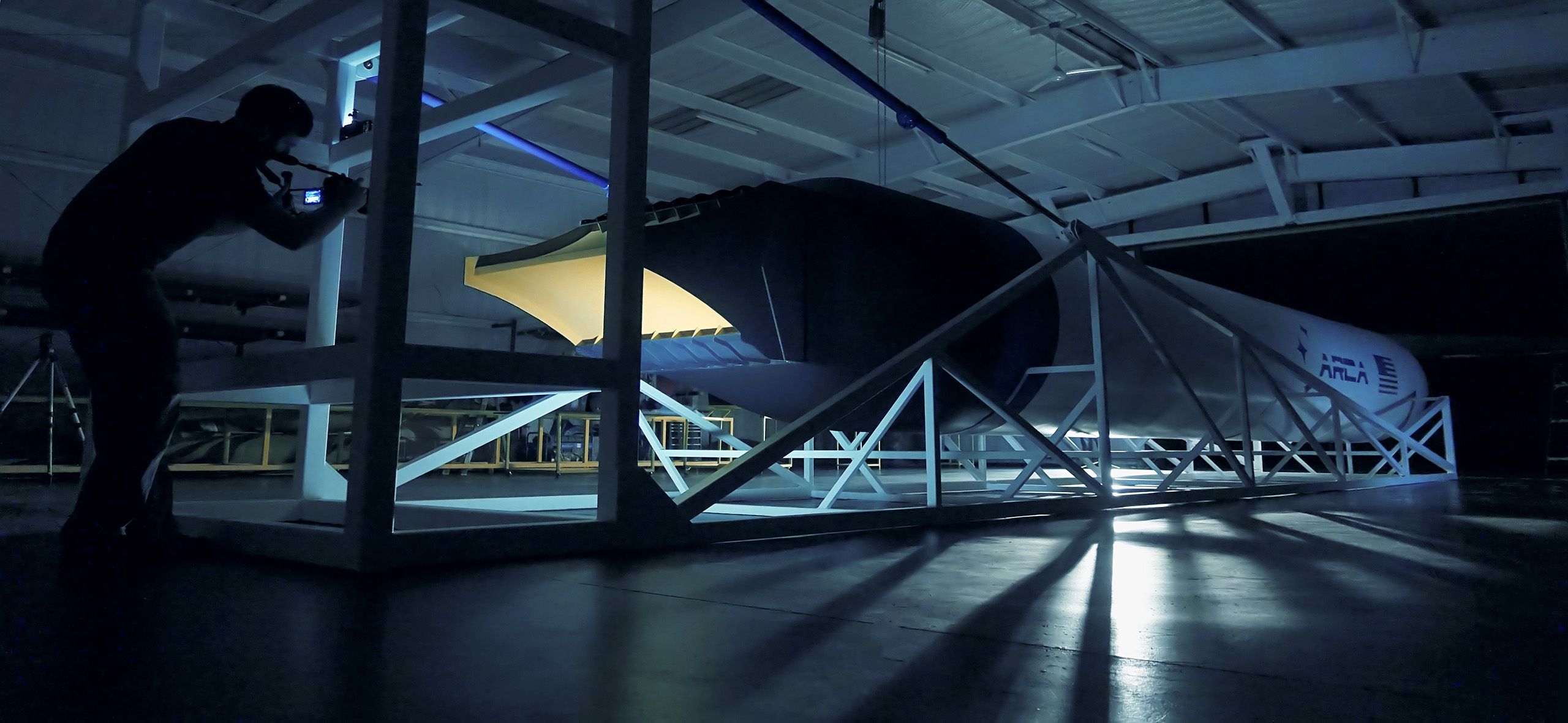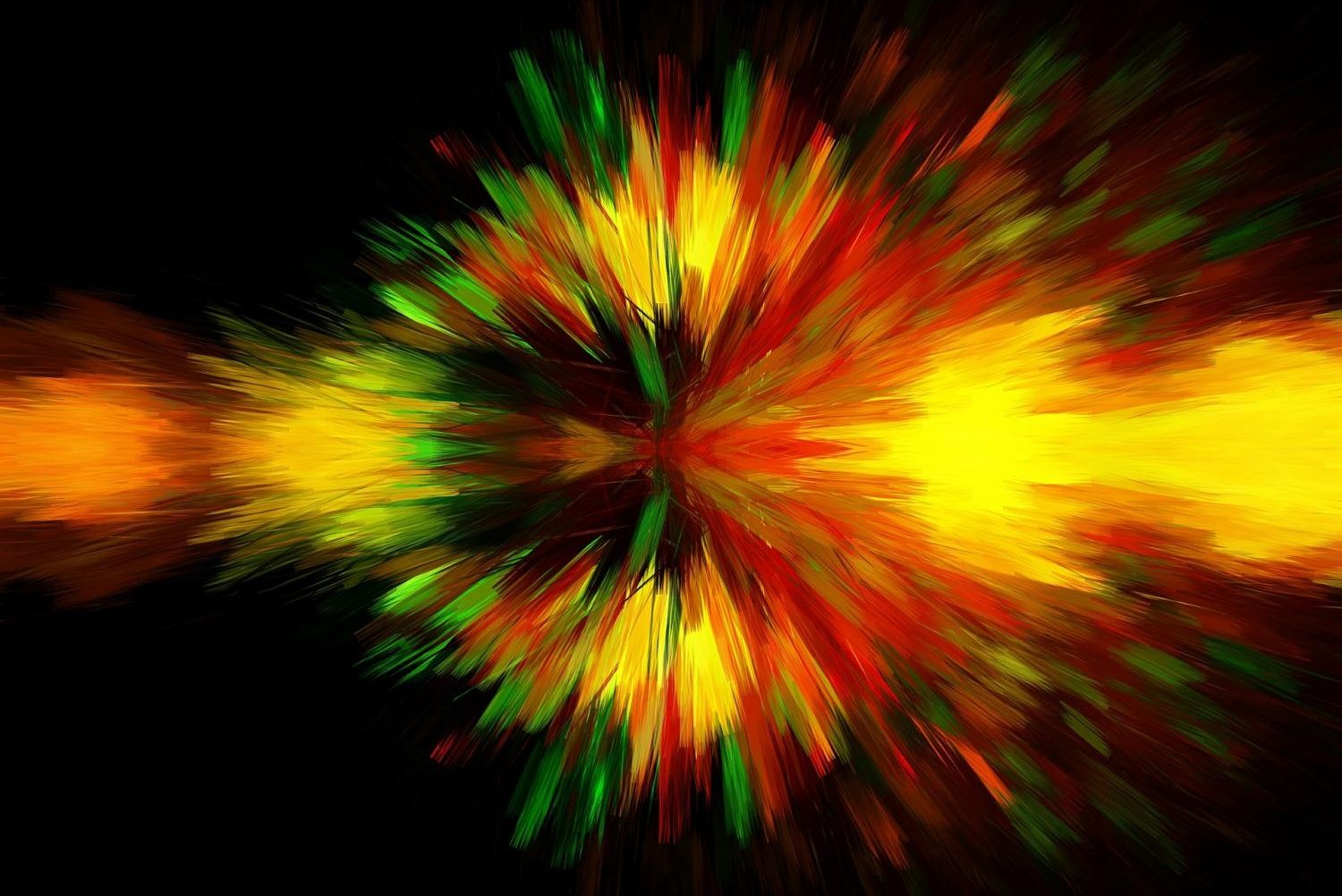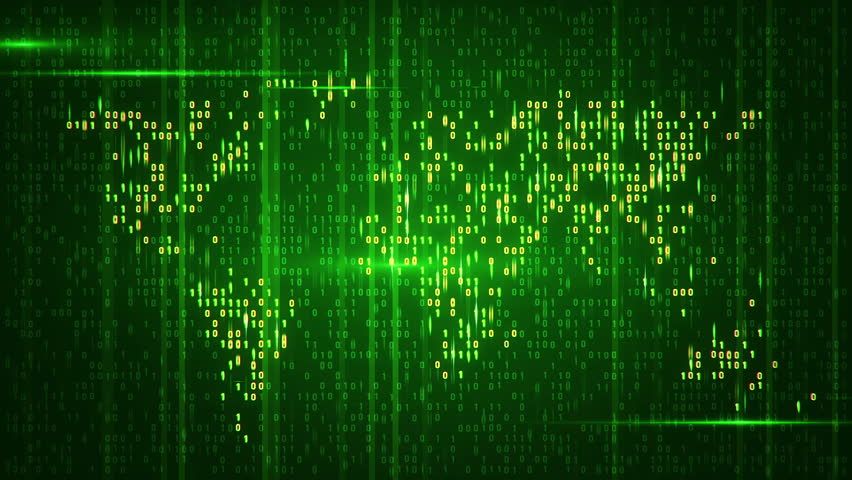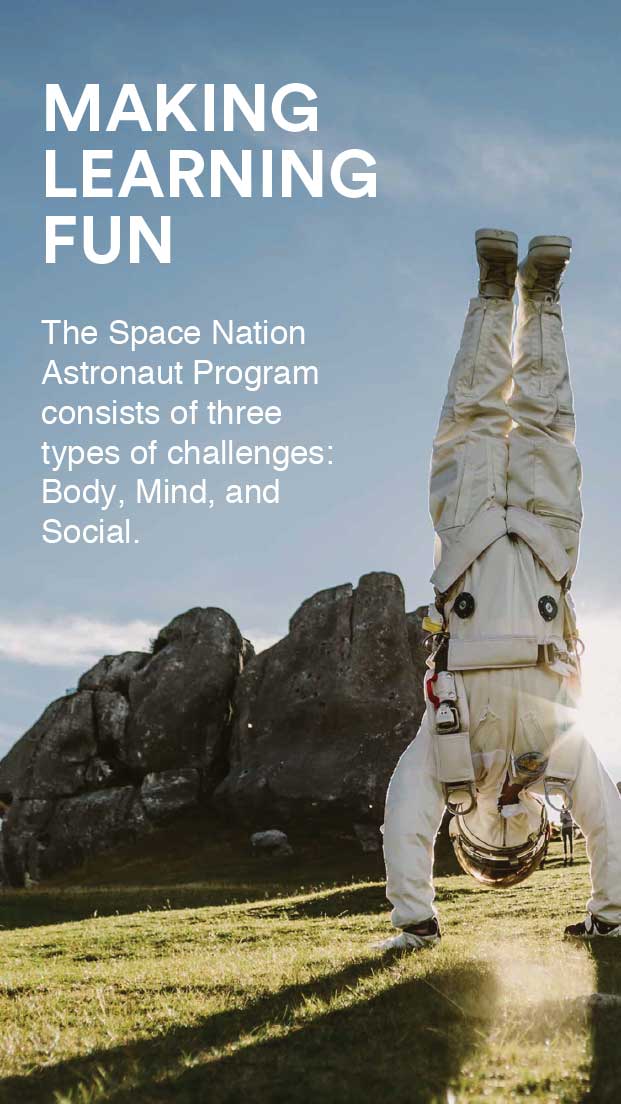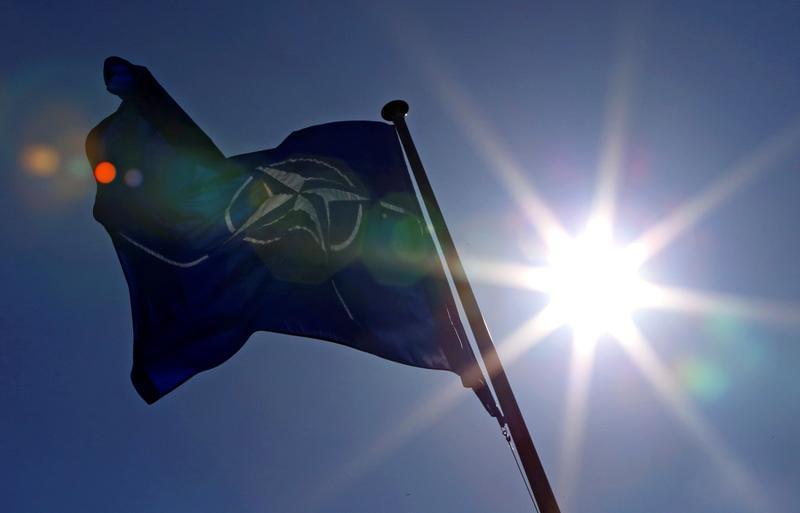Archive for the ‘space’ category: Page 890
Mar 30, 2017
The SpaceX Falcon 9 rocket is prepared to launch from historic Complex 39A at the Kennedy Space Center, Florida on March 30, 2017. This is the first time that a “flight-proven” booster is used to launch a payload into space. The vehicle is lifting an 11,000 pound satellite for the Luxembourg based company, SES, to provide video, TV and communications services to Latin America, Mexico and the Caribbean. Photo by Joe Marino-Bill Cantrell/UPI
Posted by Dan Kummer in categories: space, transportation
Mar 30, 2017
First on the Martian menu: spuds
Posted by Dan Kummer in categories: climatology, space, sustainability
LIMA, Peru (AP) — If human beings finally reach Mars, they may find themselves depending on the humble, if hardy potato.
Scientists in Peru have used a simulator that mimics the harsh conditions on the Red Planet to successfully grow a small potato plant.
It’s an experiment straight out of the 2015 Hollywood movie “The Martian” that scientists say may also benefit arid regions already feeling the impact of climate change.
The a Single Stage to Orbit (SSTO) rocket named after Austrian-Romanian medieval rocket pioneer Conrad Haas (1509−1579), can launch 100 kg (220lbs) of payload to low earth orbit. The rocket has one stage that is fueled by hydrogen peroxide and kerosene. ARCA Space Corporation secured preliminary partnerships with NASA’s Kennedy, Ames, Wallops, Marshall, Stennis and Johnson Space Centers aiming to increase the flight readiness of the vehicle that is scheduled for the first flight in 2018 from Wallops Flight Facility. ARCA has also started the FAA licensing process and is currently seeking to secure a partnership with an US defense agency. The SSTO launcher configuration, using the Executor Aerospike engine, is designed to deliver the following results:
Mar 30, 2017
New research into light particles challenges understanding of quantum theory
Posted by Andreas Matt in categories: particle physics, quantum physics, space
Scientists have discovered a new mechanism involved in the creation of paired light particles, which could have significant impact on the study of quantum physics.
Researchers at the University of East Anglia (UEA) have shown that when photons — the fundamental particles of light — are created in pairs, they can emerge from different, rather than the same, location.
The ground-breaking research could have significant implications for quantum physics, the theoretical basis of modern physics. Until now, the general assumption was that such photon pairs necessarily originate from single points in space.
Mar 29, 2017
[In-Depth Look] A New Way to Interact with Your Phone: Bixby, the Galaxy S8 Intelligent Interface
Posted by Klaus Baldauf in categories: mobile phones, space
Mar 29, 2017
Tallinn Manual 2.0 – the invaluable guide for state action in cyber space
Posted by Roman Mednitzer in categories: governance, law, security, space
Following the principle set in the first version, Tallinn Manual 2.0 – a document that provides guidance on how the existing international law could be adapted to cyber operations in the most appropriate way – reiterates that cyber activity should not be perceived as happening in a legal vacuum.
Estonia has become one of the forerunners and success stories of introducing digital identity, e-governance and an online voting system. The e-residency programme, which allows foreign citizens living outside of the physical national borders of Estonia to obtain a secure digital identity and benefit from some of the services available, has further increased the interest in Estonia’s digital developments, contributing to Estonia’s image as one of the world’s most digitally advanced countries.
This impressive degree of integration means e-dimension is no longer solely the playfield of the IT sector. As this new dimension is rapidly gaining ground, various topics need to be addressed, including (and perhaps most importantly) security.
Continue reading “Tallinn Manual 2.0 – the invaluable guide for state action in cyber space” »
The Space Nation Astronaut Program starts worldwide in 2017. Anyone can become an astronaut and travel to space.
Take part in real world adventures through a mobile app and climb up the leaderboard. In order to collect points, you need to perform challenges that develop your physical, intellectual and social skills. The best candidates from the app enter a filmed astronaut training competition and every year we select at least one to travel to space!
Space Nation makes the universal dream of space travel a possibility for everyone.
Mar 29, 2017
International Telescope Shaping up to be a Gamma-Ray Panopticon
Posted by Roman Mednitzer in category: space
The Cherenkov Telescope Array, which India has invested in, will improve upon the data from Indian instruments like MACE and HAGAR.
Mar 28, 2017
NATO to spend 3 billion euros on satellite, cyber defenses
Posted by Roman Mednitzer in categories: cybercrime/malcode, drones, military, robotics/AI, space
BRUSSELS NATO plans to spend 3 billion euros ($3.24 billion) to upgrade its satellite and computer technology over the next three years as the Western military alliance adapts to new threats, a senior official said.
Seeking to deter hackers, and other threats including Iranian missiles, the investments underscore NATO’s recognition that conflicts are increasingly fought on computer networks as well as in the air, on land and at sea.
A senior official at the NATO Communications and Information Agency said the plans include a 1.7-billion-euro investment in satellite communications to better support troops and ships deployed across the alliance, as well as aiding the use of Unmanned Aerial Vehicles (UAVs) or drones.
